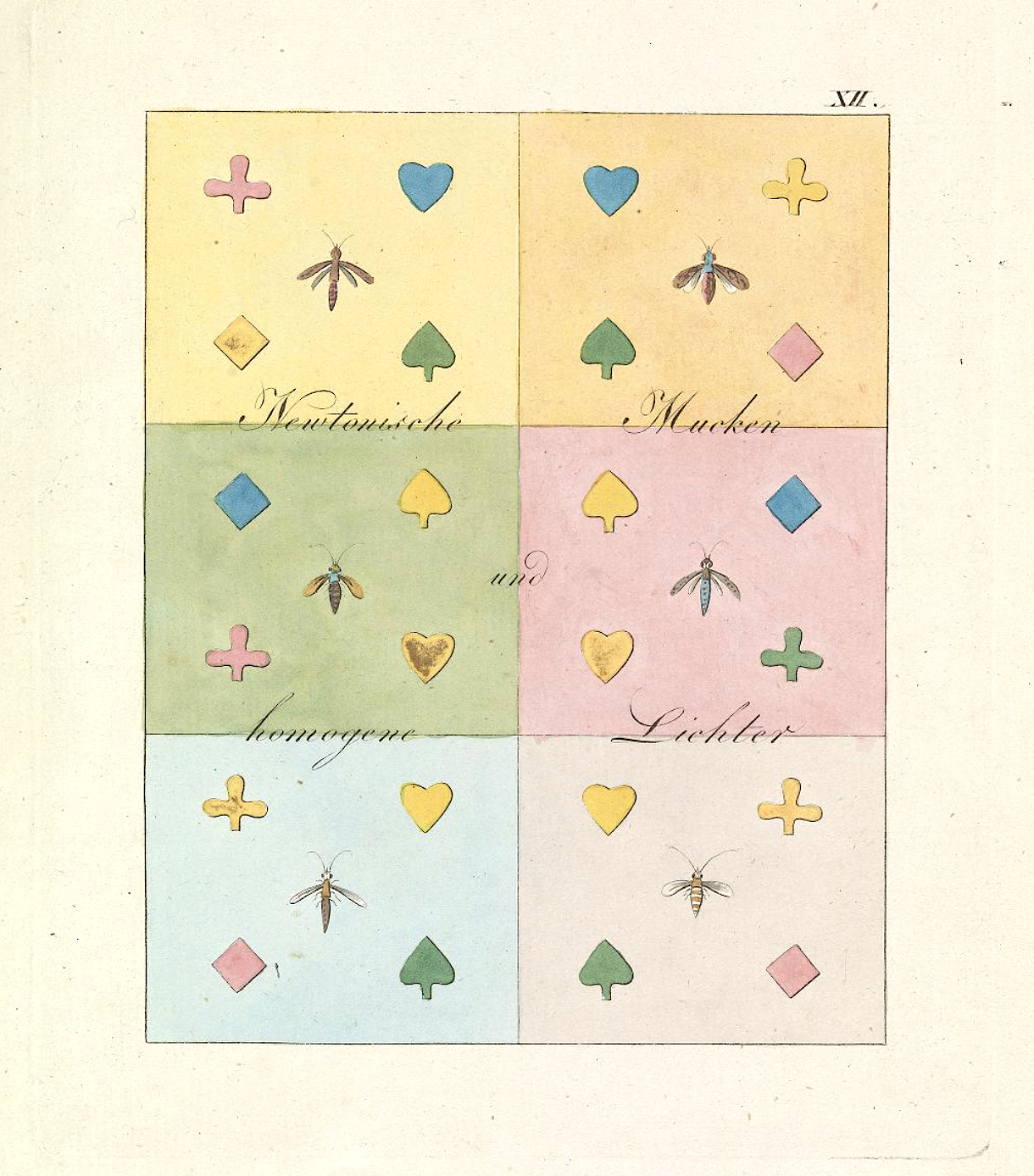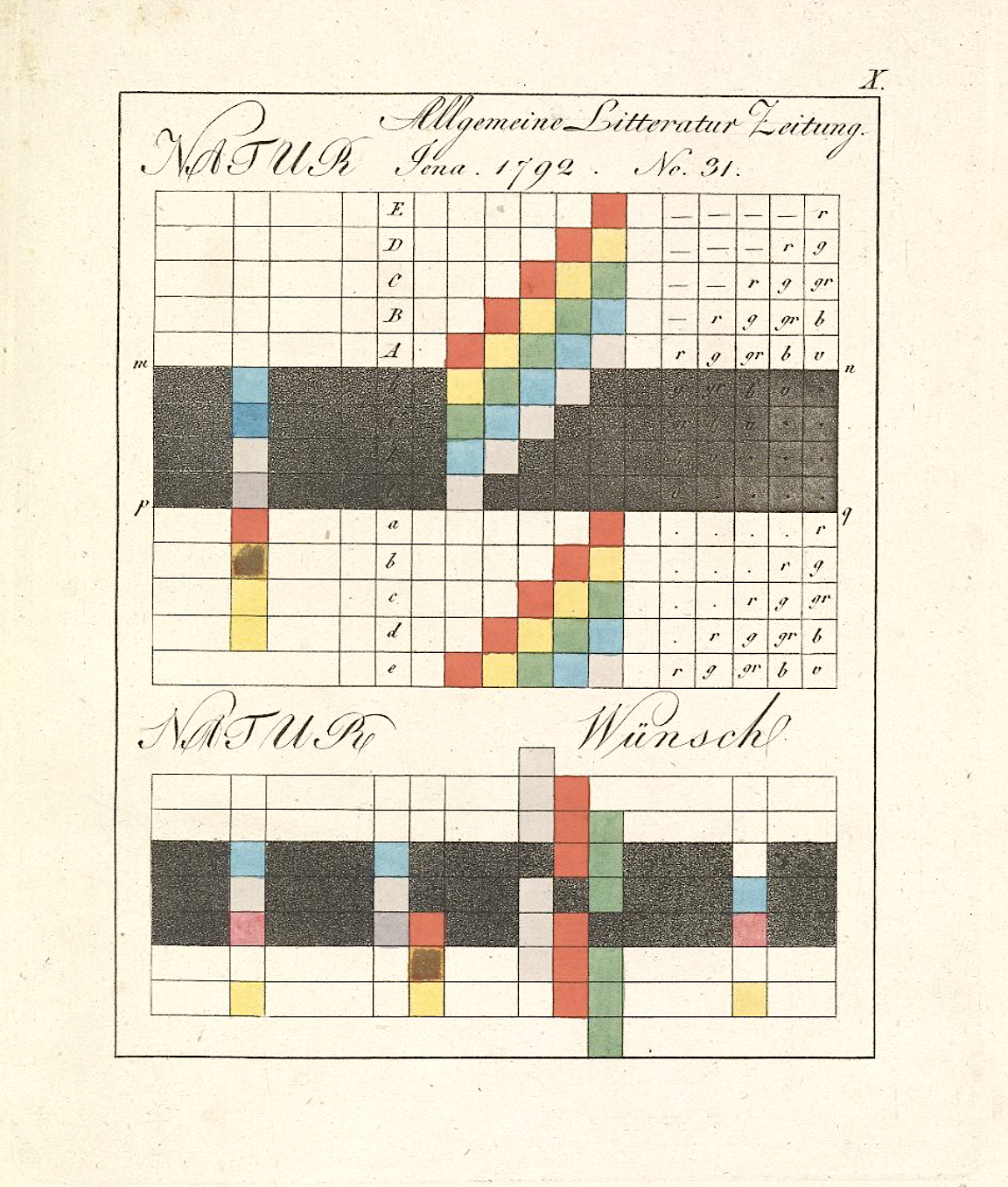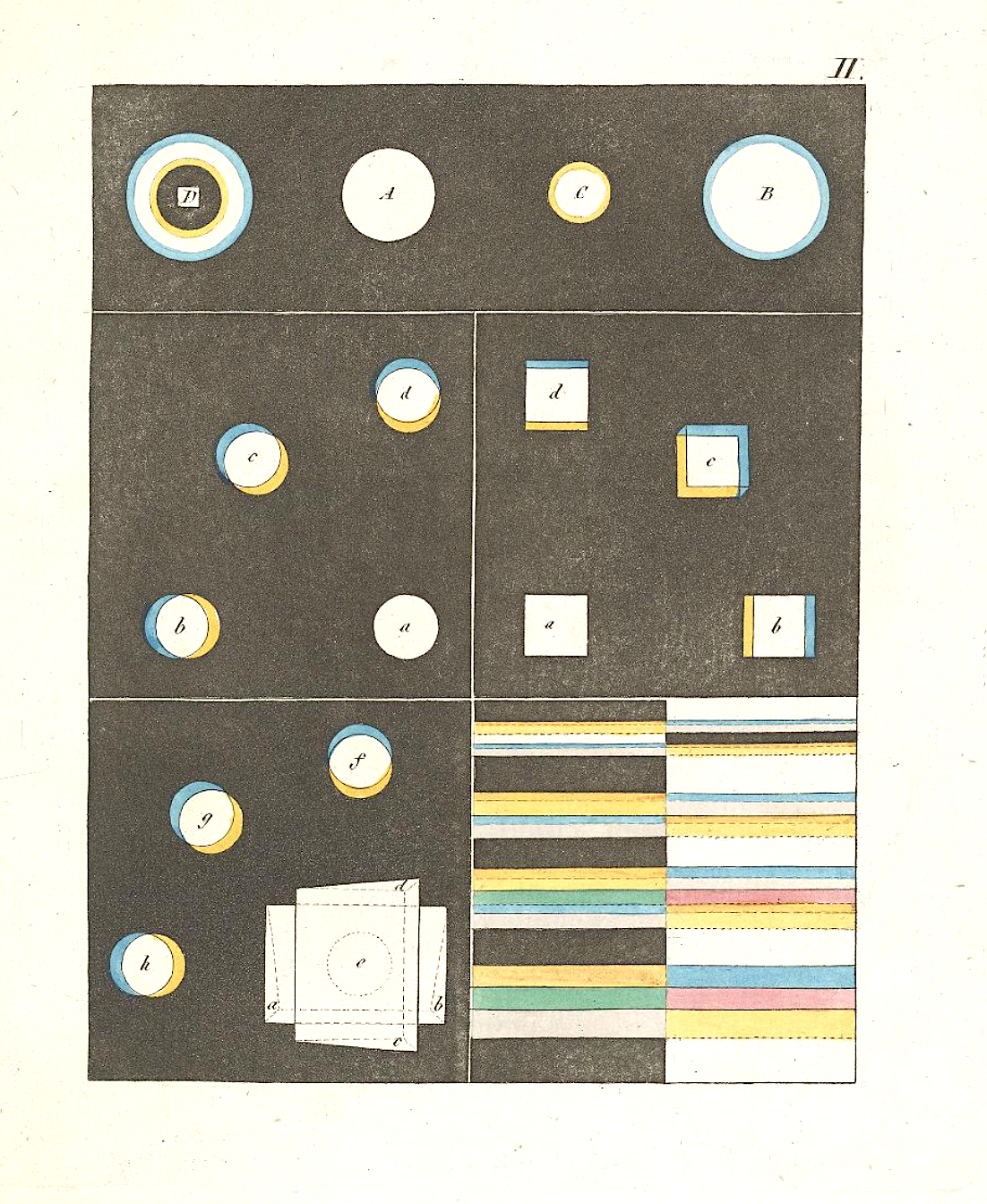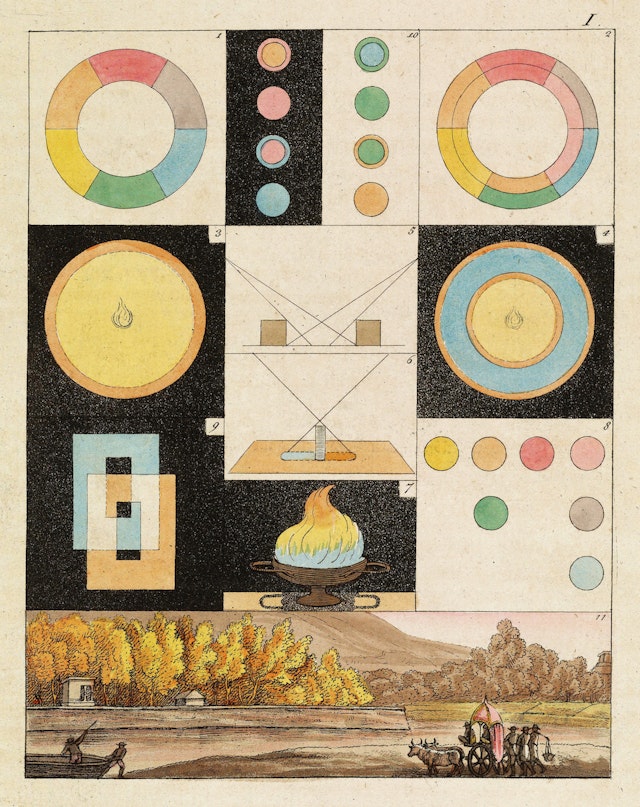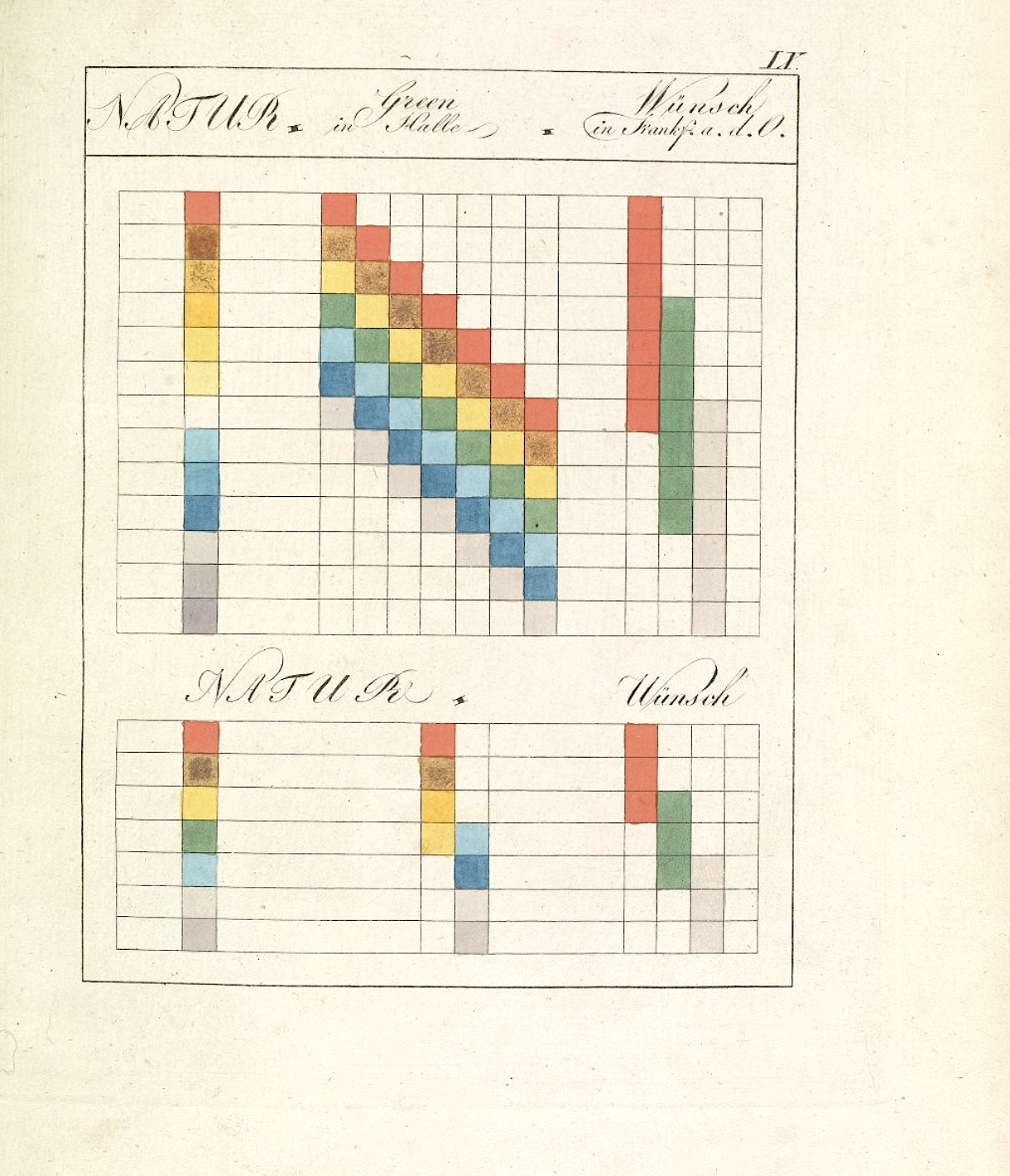David Lynch has a variety of notions about what it takes to make art, but suffering is not among them. “This is part of the myth, I think,” he said in one interview. “Van Gogh did suffer. He suffered a lot. But I think he didn’t suffer while he was painting.” That is, “he didn’t need to be suffering to do those great paintings.” As Lynch sees it, “the more you suffer, the less you want to create. If you’re truly depressed, they say, you can’t even get out of bed, let alone create.” This relationship between mental state and creativity is a subject he’s addressed over and over again, and the video above assembles several of those instances from over the decades. It may come as a surprise that the auteur of Blue Velvet, Twin Peaks, and Mulholland Drive, recommends meditation as the solution.
That certainly won’t come as a surprise, however, to anyone familiar with Lynch’s worldview. Here on Open Culture, we’ve previously featured Lynch’s explanation of how meditation boosts creativity, his drawing depicting how meditation works, his method of getting ideas through meditation, and his conversations about meditation with the likes of Paul McCartney and Moby.
In the video below, he lays out how his favorite kind of meditation, the Transcendental variety, has the potential to drive out not just depression, but also negativity, tension, stress, anxiety, sorrow, anger, hate, and fear. These are grand promises, but not without interest to the non-meditating Lynch fan curious about the mind behind his work, both of which were once widely assumed to be deeply troubled indeed.
“Do you think you’re a genius, or a really sick person?” CBC correspondent Valerie Pringle asks him in a Blue Velvet-era interview included in the compilation at the top of the post. “Well, Valerie,” he responds, “I don’t know.” He did not, at that time, speak publicly about his meditation practice, but by the late nineties he’d begun to discuss personal matters much more freely. In one Charlie Rose interview, a clip from which appears in the video, he even tells of the time he went to therapy. The beginning of this story makes it in, but not the end: Lynch asked his new therapist “straight out, right up front, ‘Could this process that we’re going to go through affect creativity?’ And he said, ‘David, I have to be honest with you, it could” — whereupon Lynch shook the man’s hand and walked right back out the door.
Related content:
One Hour of David Lynch Listening to Rain, Smoking & Reflecting on Art
David Lynch Muses About the Magic of Cinema & Meditation in a New Abstract Short Film
Based in Seoul, Colin Marshall writes and broadcasts on cities, language, and culture. His projects include the Substack newsletter Books on Cities, the book The Stateless City: a Walk through 21st-Century Los Angeles and the video series The City in Cinema. Follow him on Twitter at @colinmarshall or on Facebook.

